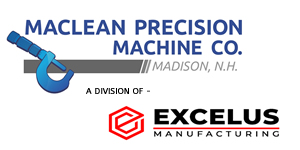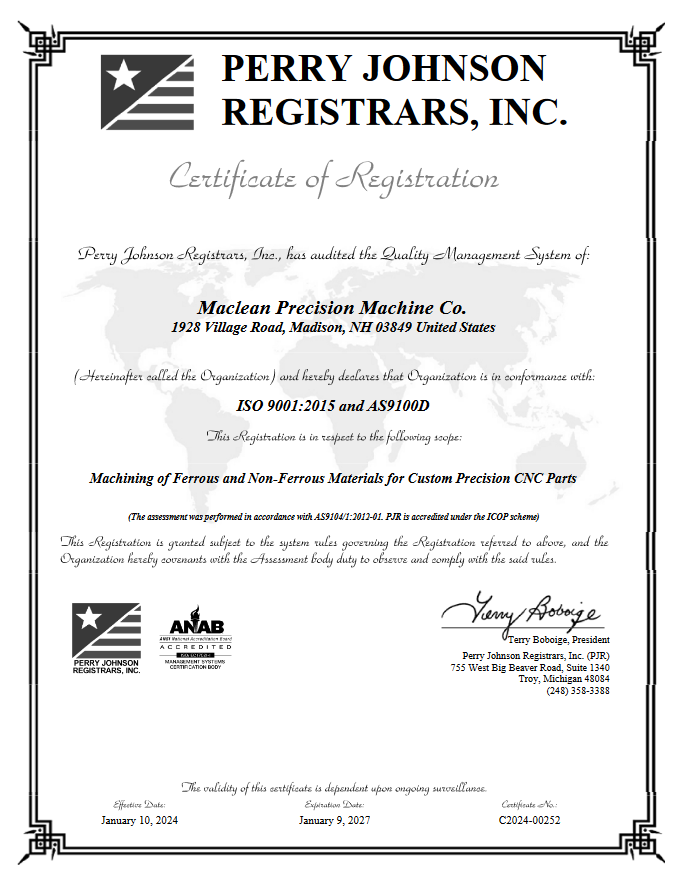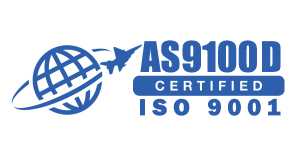SAE INTERNATIONAL AS9100®D:2016
8.4.3 Information for External Providers
The organization shall ensure the adequacy of requirements prior to their communication to the external provider.
The organization shall communicate to external providers its requirements for:
a. the processes, products, and services to be provided including the identification of relevant technical data (e.g.,
specifications, drawings, process requirements, work instructions);
b. the approval of:
1. products and services;
2. methods, processes, and equipment;
3. the release of products and services;
c. competence, including any required qualification of persons;
d. the external providers’ interactions with the organization;
e. control and monitoring of the external providers’ performance to be applied by the organization;
f. verification or validation activities that the organization, or its customer, intends to perform at the external providers’
premises;
g. design and development control;
h. special requirements, critical items, or key characteristics;
i. test, inspection, and verification (including production process verification);
j. the use of statistical techniques for product acceptance and related instructions for acceptance by the
organization;
k. the need to:
– implement a quality management system;
– use customer-designated or approved external providers, including process sources (e.g., special
processes);
– notify the organization of nonconforming processes, products, or services and obtain approval for their
disposition;
– prevent the use of counterfeit parts (see 8.1.4);
– notify the organization of changes to processes, products, or services, including changes of their external
providers or location of manufacture, and obtain the organization’s approval;
– flow down to external providers applicable requirements including customer requirements;
– provide test specimens for design approval, inspection/verification, investigation, or auditing;
– retain documented information, including retention periods and disposition requirements;
l. the right of access by the organization, their customer, and regulatory authorities to the applicable areas of
facilities and to applicable documented information, at any level of the supply chain;
m. ensuring that persons are aware of:
– their contribution to product or service conformity;
– their contribution to product safety;
– the importance of ethical behavior.















